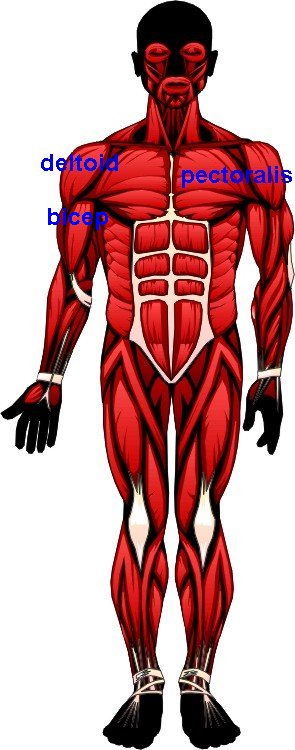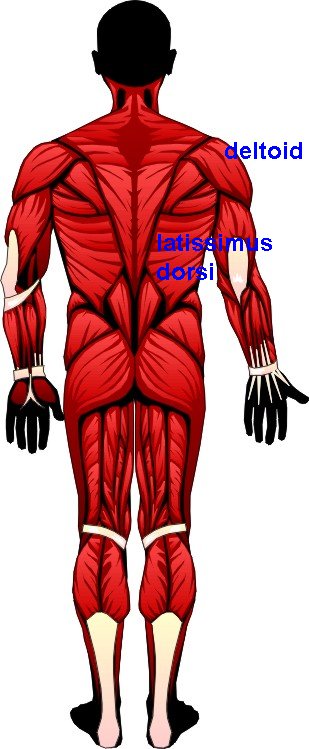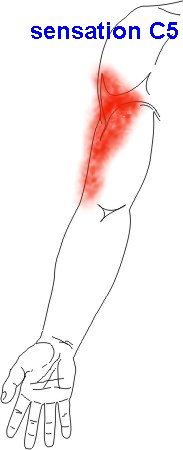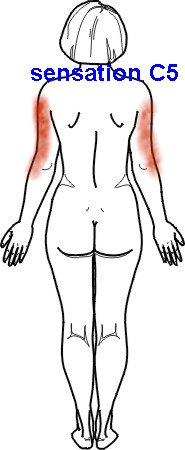SPINAL CORD FUNCTIONING AT C5
| What Motor Function is Consistent with C5? |
|
|
- The nerve root of C5 runs between vertebrae C4 and C5.
- Motor function includes:
- movement of the deltoid (abduction of arm - movement of the arm at shoulder away from midline)
-
- weak bicep muscles (able to flex forearm at elbow)
- lattissmus and pectoralis function is not present at C5
|
|
|
| What Sensory Function is Consistent with C5? |
|
|
- C5 sensation includes bicep area (C4 provides sensation to shoulder)
|
|
|
| Assessment of C5 Motor Function |
|
|
| Assess and document motor function using motor scale from 0-5.
Bicep:
- have patient flex or bend elbow
- evaluate the ability to bend the elbow while examiner holds forearm to create resistance
- C5 DOES NOT allow straightening of the elbow
Deltoid:
- evaluate ability to abduct shoulder (move arm away from body)
- C5 DOES NOT provide adduction of shoulder (movement towards body)
- Latissmus and pectoralis function is not present at C5
|
|
|
| Assessment of C5 Sensory Function |
|
|
- Test bicep on one side for sensation, then test same spot on opposite side
- Always apply the same amount of pressure to each side
- Ask patient to compare sensation on side A to side B
- Conceal test from the patient
Light touch:
- use wisp of cotton or tissue; touch bicep on either side and assess sensation
Sharp or temperature touch:
- use safety pin or blunt end needle
- pain is a better assessment than temperature for this pathway because patients need to be able to articulate that they can distinguish hot or cold; this is unreliable among intubated patients
- assess bicep sensation on either side
|
|
|
| Expected Outcome |
|
|
- ability to feed self with assisted devices (C5 does not provide any hand movements)
- ability to operate modified wheel chairs for short distances
|
|
|
References:
Barr, M, and Kiernan, J. (1993). The Human Nervous System: An Anatomical Viewpoint. Philadelphia: Lippincott. pp 84-85.
Keppler, J. (1987). Acute spinal cord injury. Critical Care Clinics. July. 3:3. pp. 638-641.
Netter, F. (1989). Atlas of Human Anatomy. New Jersey: Novartis.
Waxman, S. (1996). Correlative Neuroanatomy. 23rd Ed. Stamford: Lange. pp 46-52, 352-355, 370.
Brenda Morgan
Clinical Nurse Specialist, CCTC
May 11, 2001. Updated: January 15, 2019
-






